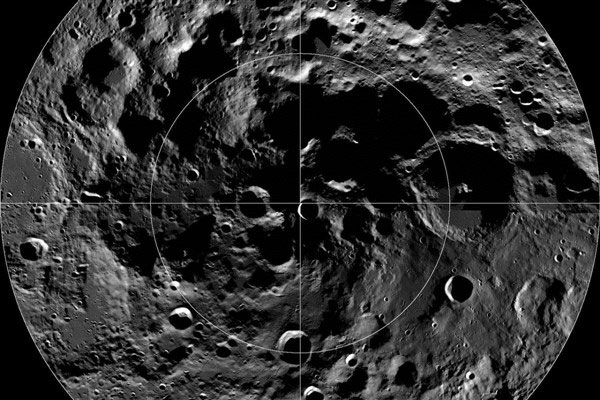A new study published in the journal Geophysical Research Letters by the Planetary Science Institute and UCLA has confirmed that cold traps on the Moon have the potential to contain solid carbon dioxide (CO2).
This discovery could significantly influence the planning of future lunar missions and may impact the feasibility of robotic or human presence on the Moon.

Explorers or robots could utilize solid CO2 found in cold traps to produce fuel or materials.
In the future, explorers or robots may harness solid CO2 from these cold traps to manufacture fuel or materials, enabling longer stays on the Moon. Previously, researchers confirmed the presence of ice in permanently shadowed craters around the Moon’s South Pole.
However, the question remains: How cold are these craters? If they never warm above -163 degrees Celsius, the existence of ice is entirely plausible. Yet, if temperatures drop below -223 degrees Celsius, solid CO2 could form and would be unlikely to sublimate.
Recently, researchers utilized 11 years of surface temperature data collected by the Diviner Radiometer on NASA’s Lunar Reconnaissance Orbiter (LRO). They also integrated calculations regarding lunar months (lunation) and lunar seasons to arrive at accurate conclusions.
The results indicate that these cold traps are concentrated around the Moon’s South Pole, covering a total area of 204 square kilometers. The largest area is found in the Amundsen crater, which contains 82 square kilometers of cold traps.
According to the researchers, the existence of CO2 cold traps does not guarantee the presence of solid CO2. However, this verification suggests a high likelihood that future missions could find solid CO2 there. If discovered, solid CO2 would provide future missions with a resource for producing steel, rocket fuel, and biomaterials.
Norbert Schorghofer, a planetary scientist at the Planetary Science Institute, stated: “I think when we started this research, the question was, ‘Can we confidently say there is solid CO2 on the Moon?’ My surprise was that it’s possible, but we have not yet been able to prove its existence.”


















































